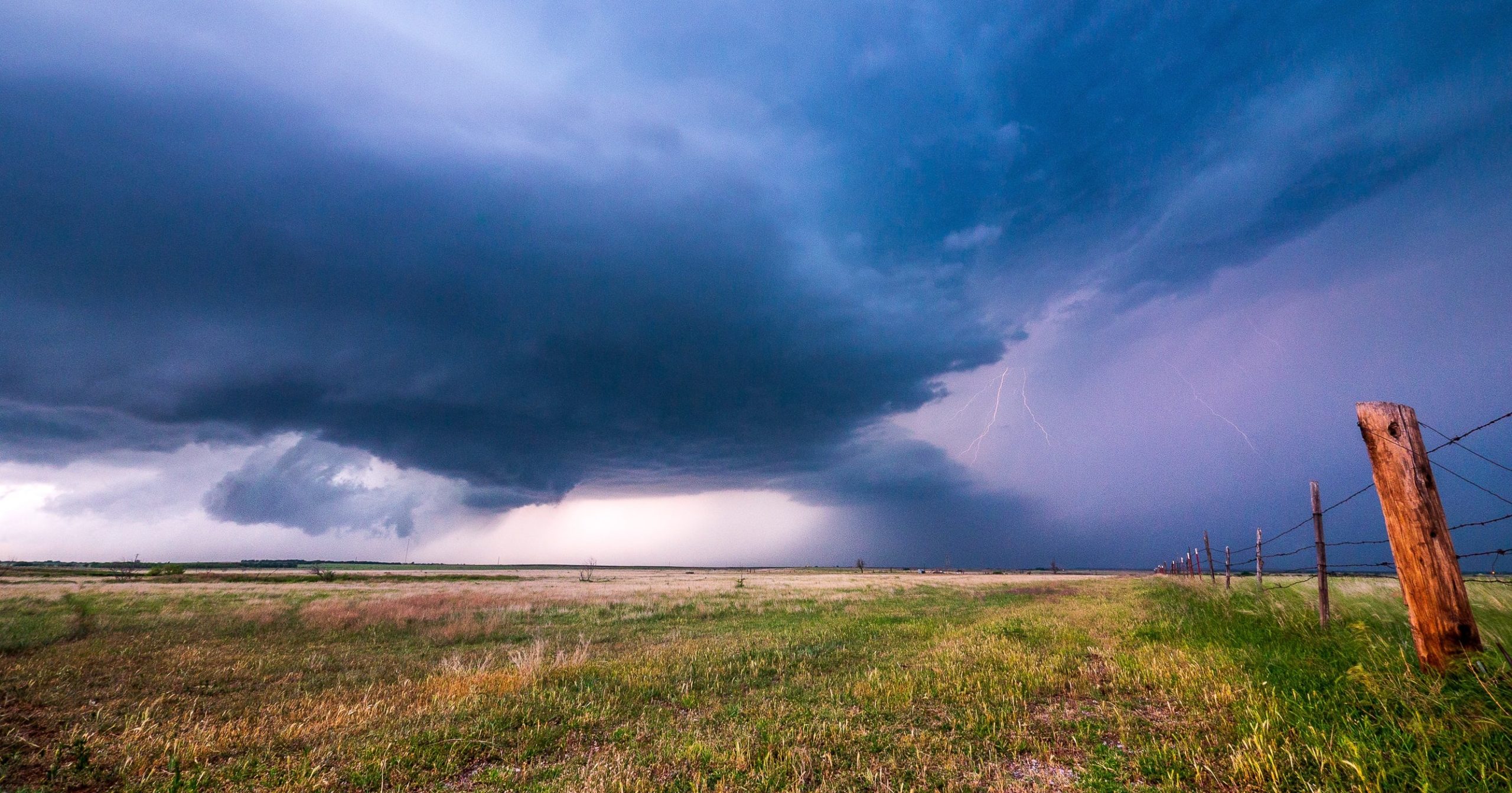8 Most Common Types of Storm Shelters in Kansas
If you live in or recently moved to a region of the country, like Kansas, that is susceptible to high winds or tornadoes and you want to protect yourself and your family from disaster you are probably wondering –
What are the different types of storm shelters and which is right for your family or your business?
As a company that has installed FEMA-grade storm shelters in Kansas, Oklahoma, Nebraska, Missouri, and other places across the U.S, we at Storm Defense Shelters have installed just about every storm shelter available on the market. We have learned how to help homeowners and business owners select the best storm shelter for their needs, and also have a few tips and tricks for making the most out of your shelter investment.
There are underground, above-ground, inside, outside, concrete, steel, and other types of storm shelters Kansas residents can buy and have installed in order to prepare for disastrous storms and tornadoes that may strike. Below, we walk you step-by-step through a list of things to consider when choosing the right storm shelter and show you all the options you have available to choose from.
- Section: Choose A Shelter Location
- underground or above ground
- Inside or outside
- Section: Choose A material
- Section: Other factors: occupancy limit, add-on features/functionality
- Section: Consider Functional Shelter Options
- Bonus Tips: In-home safety precautions you can take with your family to help you prepare for a tornado, even if you don’t have a shelter yet.
Choose a Shelter Location:
Underground vs. Above Ground Shelters
When researching storm shelters, keep in mind that the best way to describe them is by their location. This is why generally there are two types of shelters: above-ground and underground.
Above-ground shelters are often called “safe rooms” because they are built into a building, or function as a stand-alone unit with a normal operating door that leads into a single room. They can be built into a house or detached from it. These rooms are typically made with concrete and steel reinforced materials and have a solid steel door with an airtight seal for extra protection. They are typically installed by a certified contractor in a permanent location on your property. Below are the three most common above ground storm shelter types available:
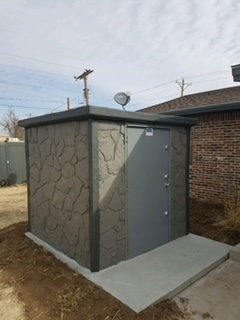
Concrete Above Ground Shelter/Safe Room
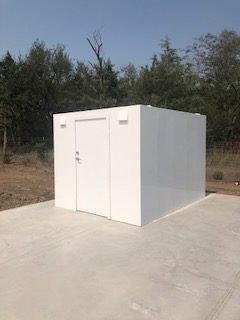
Steel Storm Shelter Garage Unit
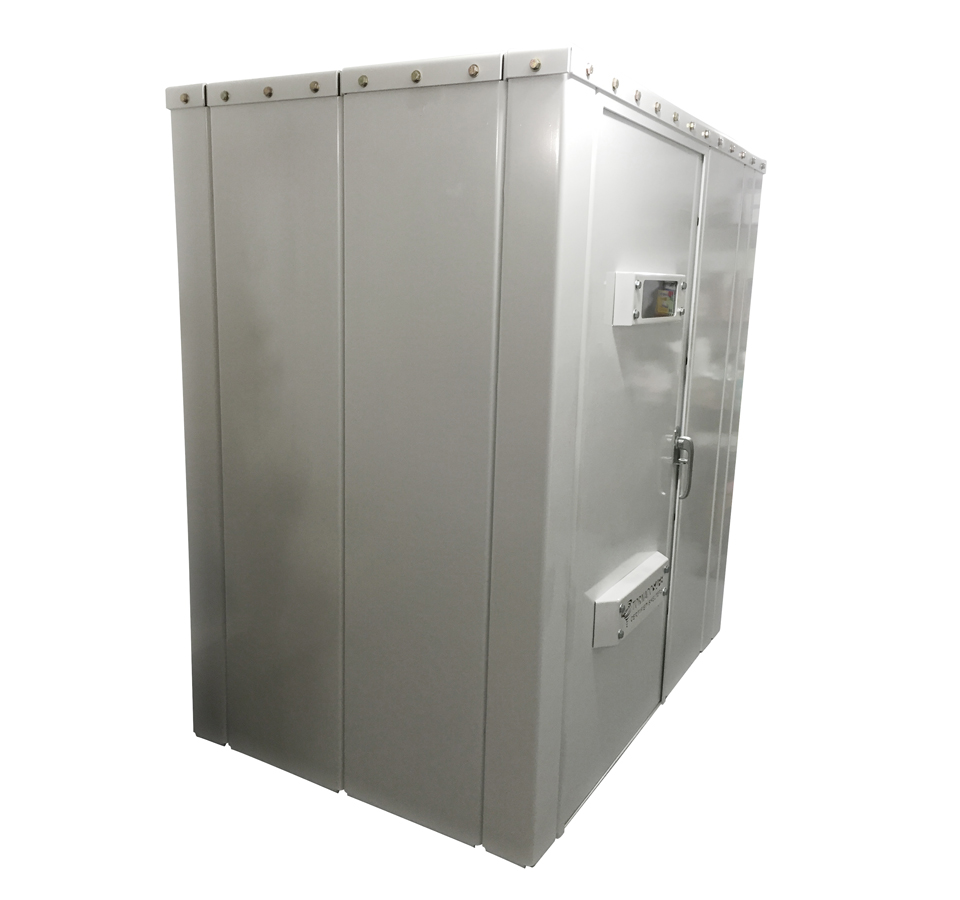
Bolt Together Steel Storm Shelter Garage Unit
Underground storm shelters typically have walls that are constructed from 14-gauge steel or 4-6 inches of concrete and feature a concrete floor and a roof made from reinforced concrete or steel, which allows the shelter to withstand winds of up to 250 miles per hour. They are usually only accessible through a hatch on top of the ground and have steel doors with airtight seals as well. Many also have emergency lighting, communication systems, and oxygen tanks in case the underground shelter floods. One advantage offered by these shelters is that they do not take up square footage inside or outside your home. Here are the most common types of underground storm shelters:
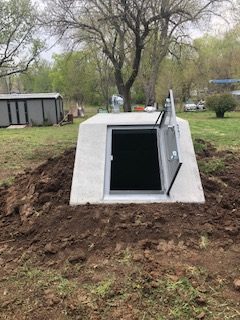
Easy Access Slope Top Concrete Shelter
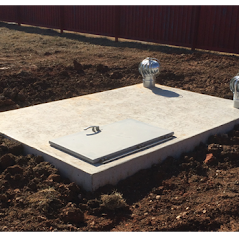
Flat Top Concrete Shelter
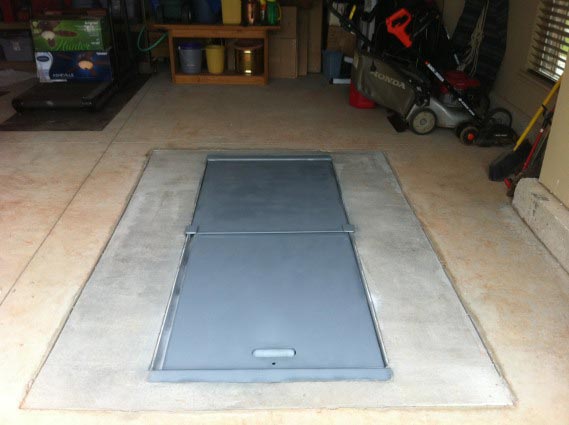
Steel Underground Garage Unit.
Outside vs. Inside
The second location factor you need to consider is whether you want an indoor or outdoor storm shelter. Do you have enough room in your garage to install a steel safe room? If not, then an outside unit or one of our alternative units might be your best bet. One of the benefits of an outside unit is that they are less likely to have storm debris from your home block the entrance of your unit. Another benefit is that outside units are often not constricted by spatial limitations. You can easily build an underground storm shelter that can comfortably hold 8-12 people without having to take up yard space or stand out as an eyesore.
If you don’t have much yard space, or would prefer to avoid going outside during storm-like conditions to get to your shelter, then an inside storm shelter may be right for you. If you are building your home from the ground up, one of the best options available to you is an underground concrete unit. This unit is designed to have a standard size home slab poured right over the top of it, and can be placed in an inconspicuous place in your house like a closet that can be readily available if you should need it.
Another option is a steel under-garage unit. You can have an under-garage unit installed in your existing home, without taking up any footprint or space.
If you have handicap limitations, one of the best options for you is a custom size steel shelter that goes in your garage. These shelters not only work well for storm protection, but they also work well at protecting your valuable possessions.
Choose a Shelter Material
Steel vs. Concrete
When you are trying to decide which type of material you want your shelter to be made from, know this – all our steel and concrete shelters are FEMA certified Meets/Exceeds FEMA 320, 361, and ICC 500 protocols, meaning that they meet the requirements of FEMA to resist the most severe wind and storm conditions while serving as a safe place for you and your family. If you are interested in the characteristics and differences between each material type keep reading the section below.
All our concrete shelters are made with reinforced steel rebar, fiber mesh and poured with a minimum of 600- lb psi concrete. One of the benefits of concrete shelters is that we can add your choice of decorative staining or stamping to blend beautifully with your landscape. Other features of our concrete shelters include:
For steel shelters, the advantage lies in their customizability. All our steel shelters can be custom size to fit any space in your garage, and our community steel shelters can fit upwards of 35 people at a time. Some of the other steel shelter features include 3/16″ Exterior Skin Steel Plate reinforced with a 1.5″ x 3.25″ x 1/4″ C channel subframe, Hilti Anchoring System with ⅝” anchors, lockable door handle with 3-point deadbolt system, 3/16″ Precision laser cut ADA compliant door with 1.5″ x 3.25in” x 3/16″ C channel reinforcement with 3 heavy-duty hinges. Additionally, our steel shelters include doors that can open to the inside or outside and can be placed on any side of the shelter and full ventilation.
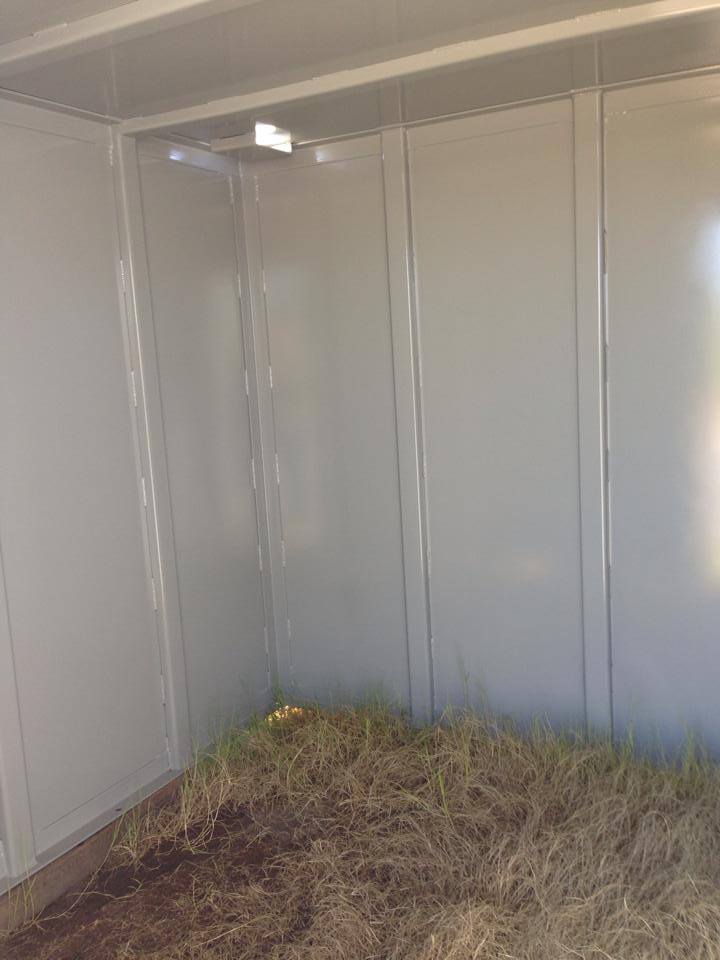
Steel Bolt-Together Shelter Inside View

Concrete EZ-Access Slope Top Shelter Inside View
Other Factors To Consider
While deciding on the location and material for your shelter, there are many other factors to consider when choosing a model. The first factor should be how many people need protection from severe weather. If you are a family of 4-6 but have limited space in your garage then you should consider an above or underground concrete unit that will allow all your family to comfortably fit inside. But, maybe you don’t want to hassle with going outside during stormy conditions to get to your shelter, then you should consider what it would look like to make room in your garage or a large closet in your house that is above a slab for steel above ground unit or a flush easy access slope top shelter.
The next should be whether you have steps or a ramp that will allow a wheelchair or other mobility device access to the shelter. Any of our underground shelters are not wheelchair accessible, so you will want to take a look at our above-ground steel and concrete shelter options.
Workbench Shelter
This is the newest shelter from Vortex Vaults, and has brought a revolutionary concept to the storm shelter market – you don’t have to sacrifice useability for safety with your storm shelter. The workbench shelter is just as functional as it is safe. With the power of battery-powered hydraulics, the shelter can lift up over 6’ high and can hold up to 6 people at its raised position. But since the majority of the time, you are not bracing for a dangerous storm, you can use the workbench shelter in its lowered position for your projects. It includes outlets, tool holders, and a customizable workbench top from steel or wood. Check out more of the workbench shelter on our website here.
Storm Shelter Bed
If you want to consider another option for a practical storm shelter in your home, check out the storm shelter bed by Vortex Vaults. At first glance, the storm shelter bed looks like and works like any normal bed frame, but under the surface, the bed consists of a hydraulic mechanism that turns this bed into a 3-person storm shelter for emergency situations. You can find out more information about the bed on our website here.
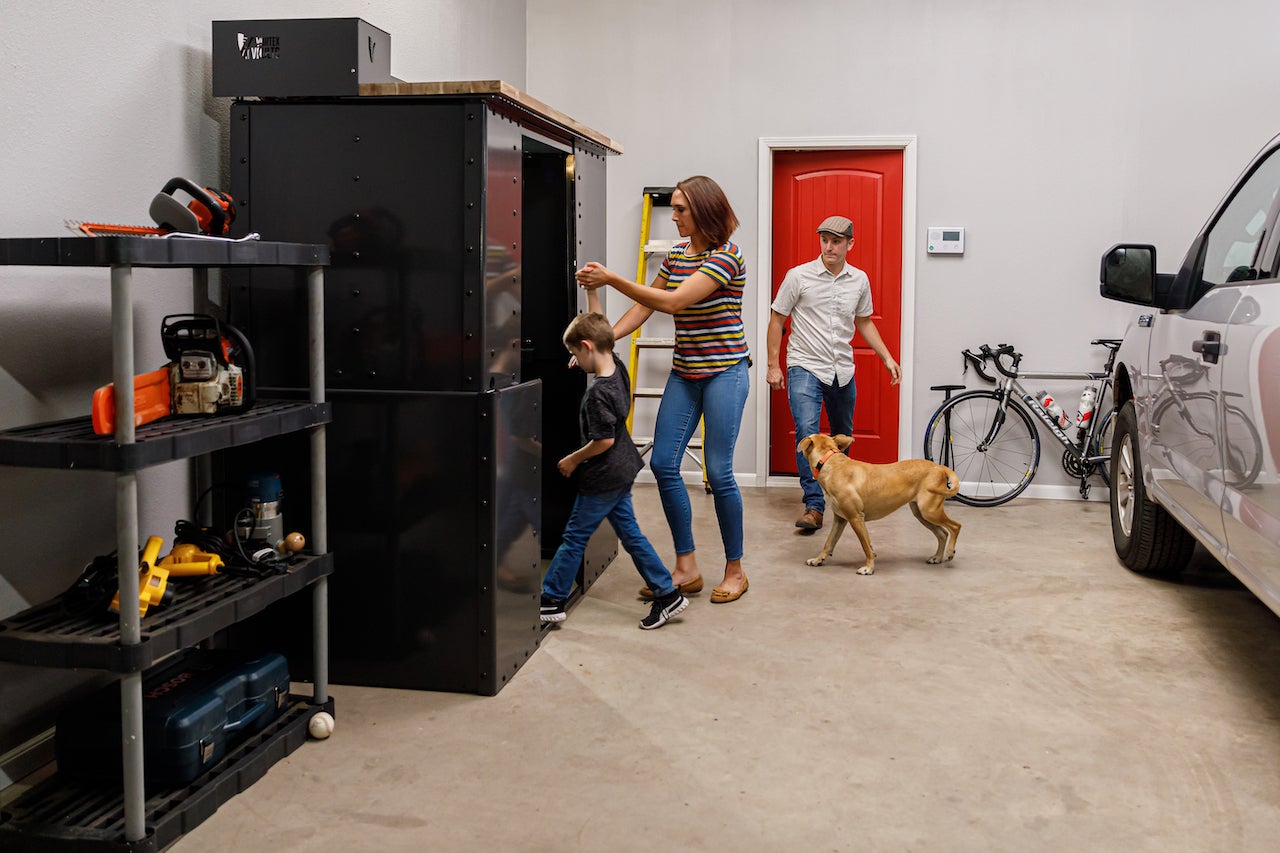
Workbench Shelter
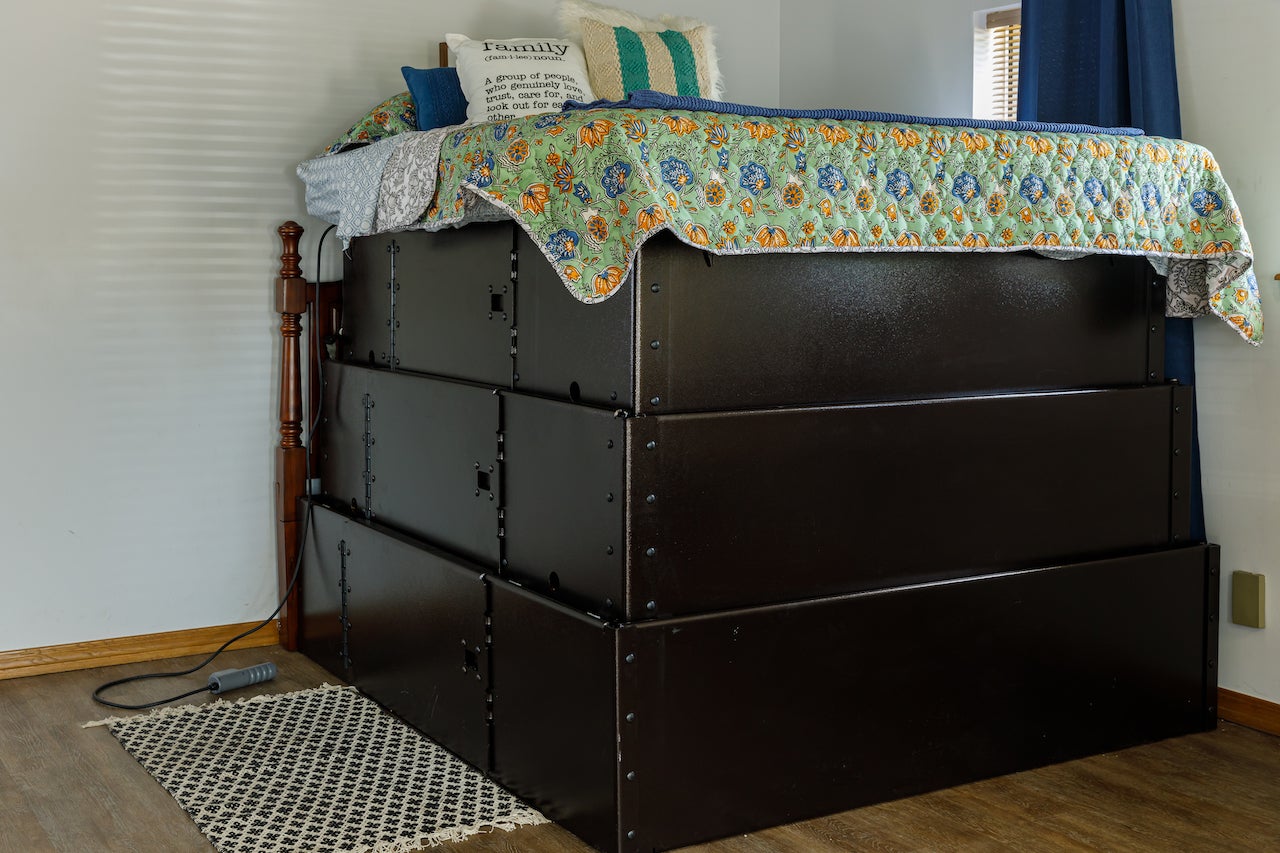
Storm Shelter Bed
In-home Safety Precautions You Can Take, Even If You Don't Have A Storm Shelter
Even if you don’t have a storm shelter, there are in-home safety precautions you can take with your family to help you prepare for a tornado
If the tornado is coming seek shelter in the corner of your house or go to an interior room on the lowest floor. A small interior room (closet, interior hallway) or bathroom on the lowest level of a sturdy building is usually the safest place during severe winds or tornadoes. Also, avoid outside walls and windows. Get under a workbench or other piece of sturdy furniture if you do not have a basement or any other shelter option.
Do not stay in mobile homes which are particularly vulnerable to strong winds, no matter how well fastened to the ground. If possible, take shelter in a basement. If you live in a mobile home, get out immediately and seek shelter in an area that you know is also safe, such as a relative’s or friend’s home or a nearby community storm shelter. If there is not enough time to do so, find the lowest point to take cover away from trees and automobiles. Stay away from doors and windows glass that could shatter and cause injury.
In an office building, move away from windows and go to the center of an interior room on the lowest level. Stay away from corners because they tend to attract debris. Avoid large open rooms like gyms and auditoriums because they have flat, wide roofs that can collapse during storms.
Pack an emergency preparedness bag like the ones you can find on the American Red Cross website that includes most of the important essential items you would need in the event of an emergency.
Security is important, especially when it comes to ensuring the safety of your family in the event of a tornado hitting your neighborhood. We hope this article has helped you understand some of the different types of storm shelters that are out there so you can determine which one is right for your family. If you have any questions about which of our shelter products can best help you and your family in the case of a storm or emergency give us a call at (316) 461-6017 or book an appointment time to come visit our display shelters.

